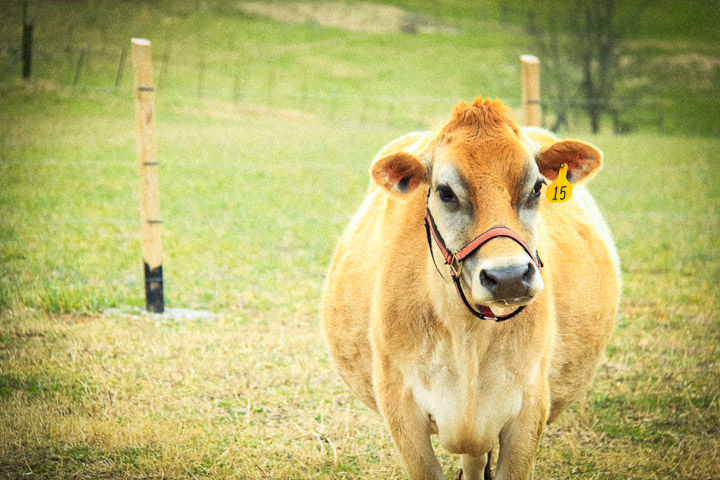Cattle and Learning to Identify the Different Breeds
Cattle and Learning to Identify the Different Breeds
If you’re like most people, a cow is a cow and they are all the same, just different colors. Hopefully this article will help you identify the differences in breeds, and give you a new appreciation for the animals that helped found modern society as we know it now. Cattle have been paramount to feeding the masses all over the world, and are a status of wealth and prosperity even in today’s modern world. So here are some terms you will find in the cattle world and the correct definitions to them.
1. Heifer – This is a female calf that is less than a year old. They are typically bred between one and two years old, at which point they are then a cow.
2. Steer – A male of any age is castrated, a bull before, a steer after. Steers are best made as young animals, if one waits to sexual maturity the result will not be as desirable and the animal will be rough to handle still.
3. Polled – Naturally polled animals are born without horns, such as the Black Angus or the polled Hereford. Dehorning animals should be done very young, done older it causes unnecessary pain and infection. Genetic polling is the best way to dehorn cattle, polled bulls and polled cows always produce polled calves.
4. Angus – A high quality meat animal originating from Scotland (Aberdeen) known for a lack of horns, sleek black coat and skin, healthy body, spicy nature, and exceptional meat quality.
5. Hereford – A large breed animal weighing in at about 1800 pounds mature, they come from England, and can be either hornless or born with horns. This is the breed you see lots of out in the fields, red bodies, white faces and tails with the line down the back and belly.
6. Terminal Weight – The weight at which an animal will be ready for slaughter. The faster they reach this weight, the better the quality and profitability of the animal.
7. Jersey – A breed of small cattle that originated in the British Isle of Jersey. Known for their small size (about 800 to 1200 pounds mature) big brown eyes, and docile nature. Also the highest percent butterfat in their milk, and they are easy calvers and cheap keepers, due to their smaller size.
8. Holstein – these are the big black and white guys everyone thinks of when someone says “Cow”. Originating in the Netherlands these animals are large, and produce an amazing amount of milk per animal. They can have problems calving, but crosses on Jersey bulls have done a lot for fixing that problem.
9. Longhorn – If you must insist on a pet cow, this is the breed to go with. They are distinguished by their long spiraling horns, and are amazingly docile to a gentle hand. I have even seen them trained to ride like horses. They make exceptional cart oxen, and come in a variety of color patterns.
If you’re interested in reading a little light hearted writing on cows check out Cartoon Cows and Funny Cows
